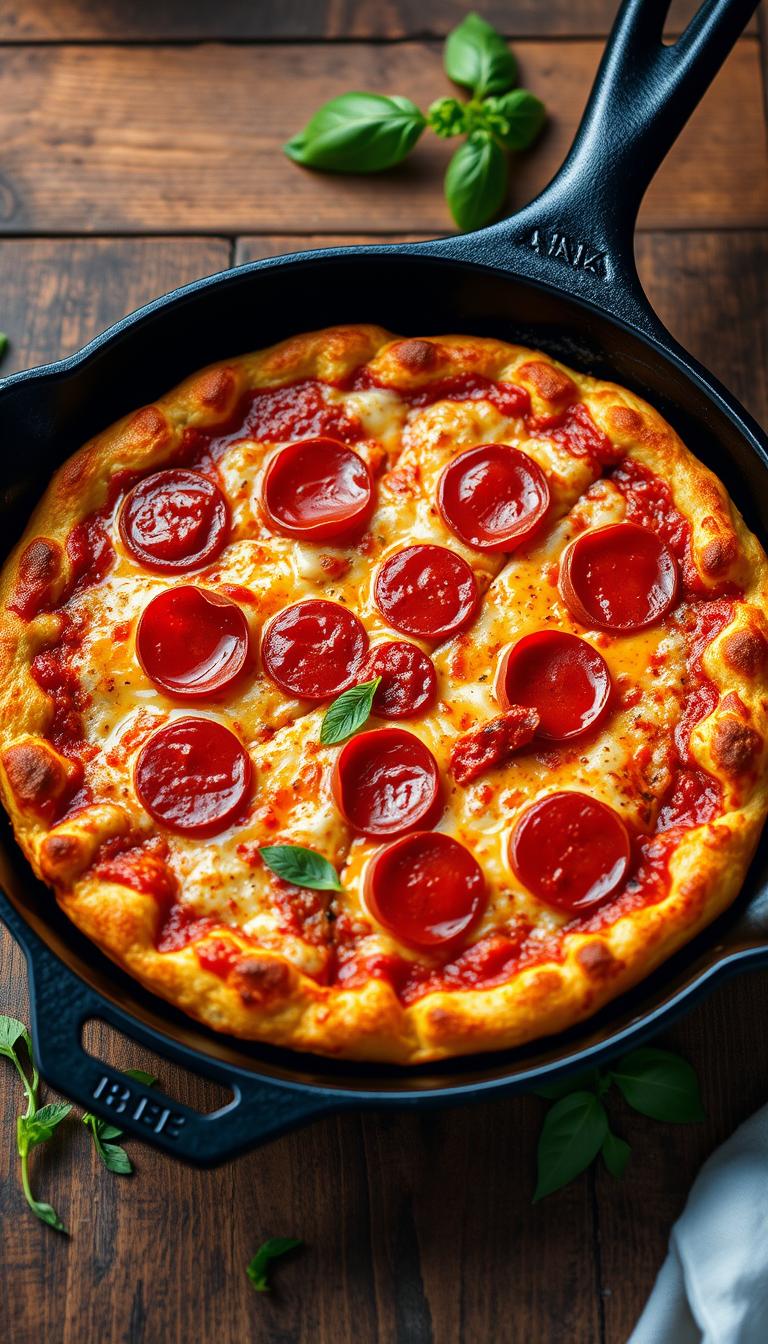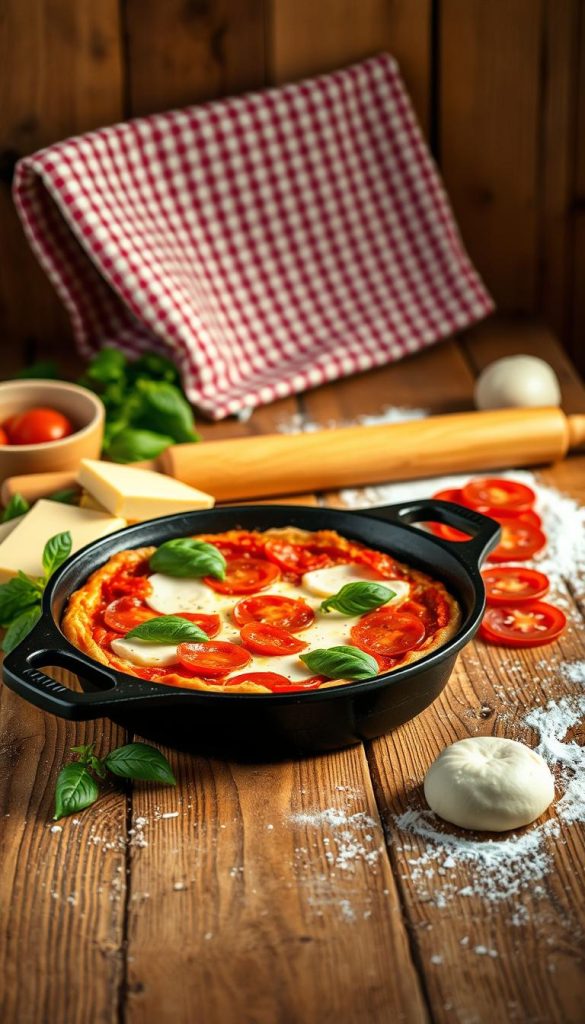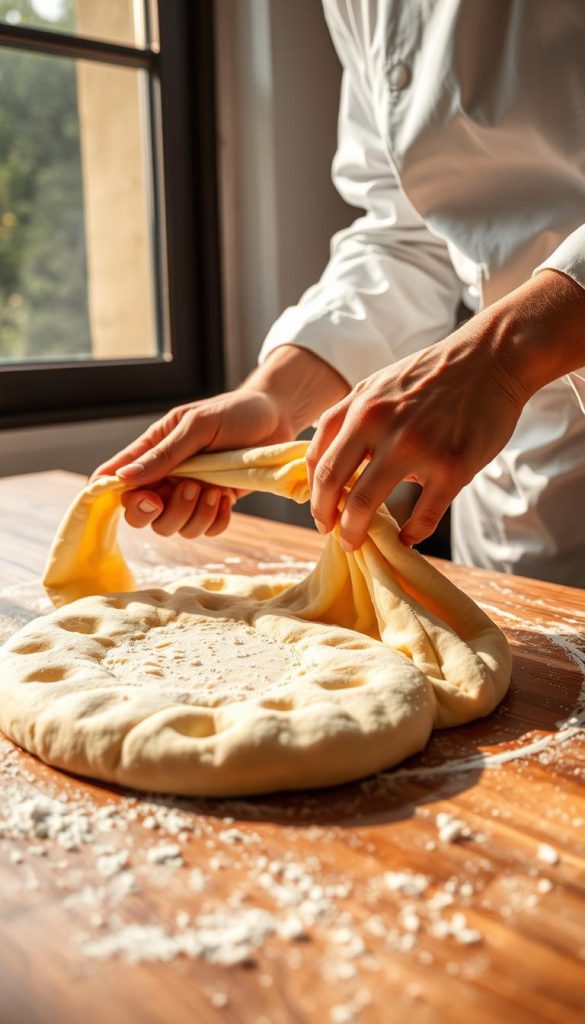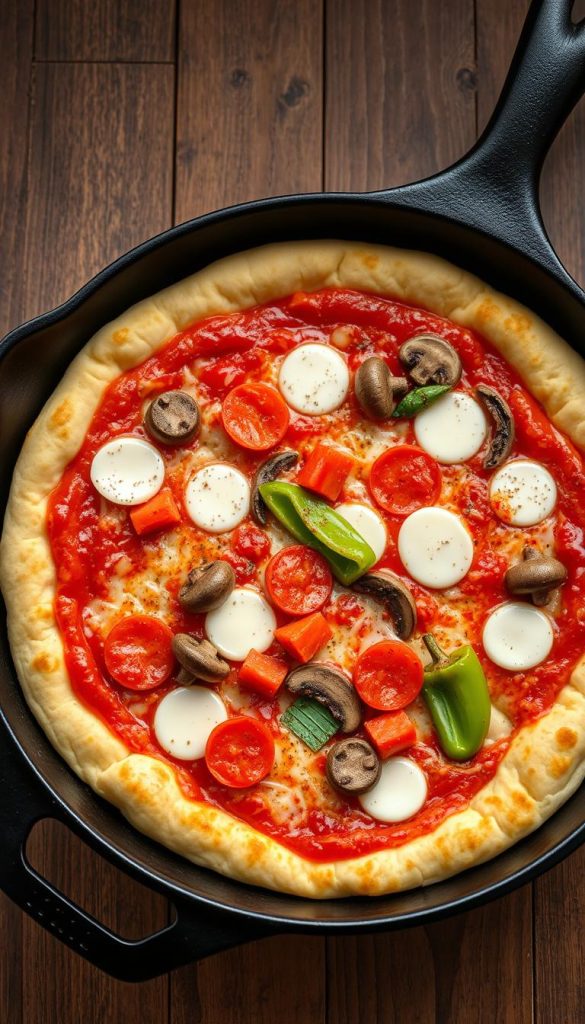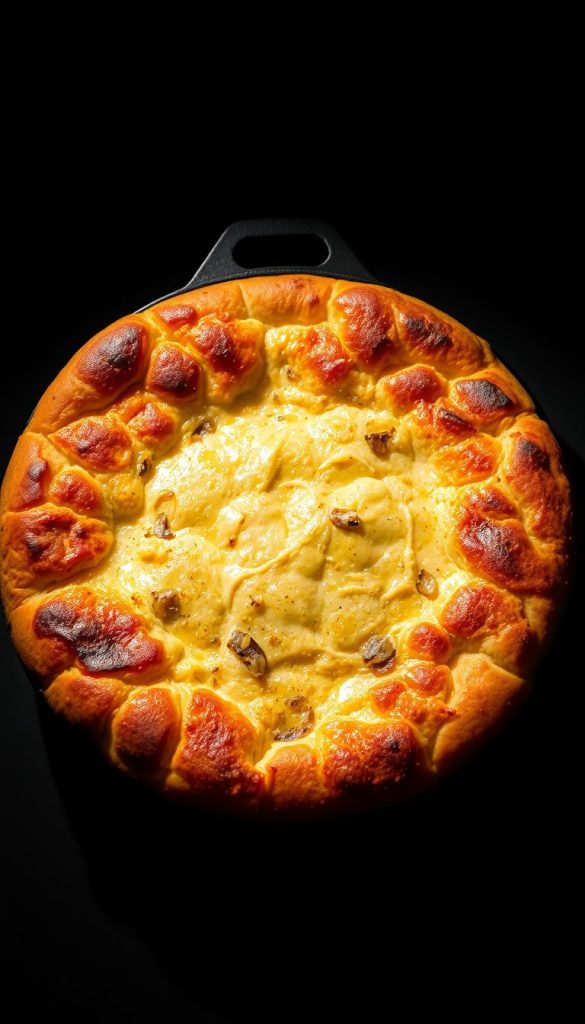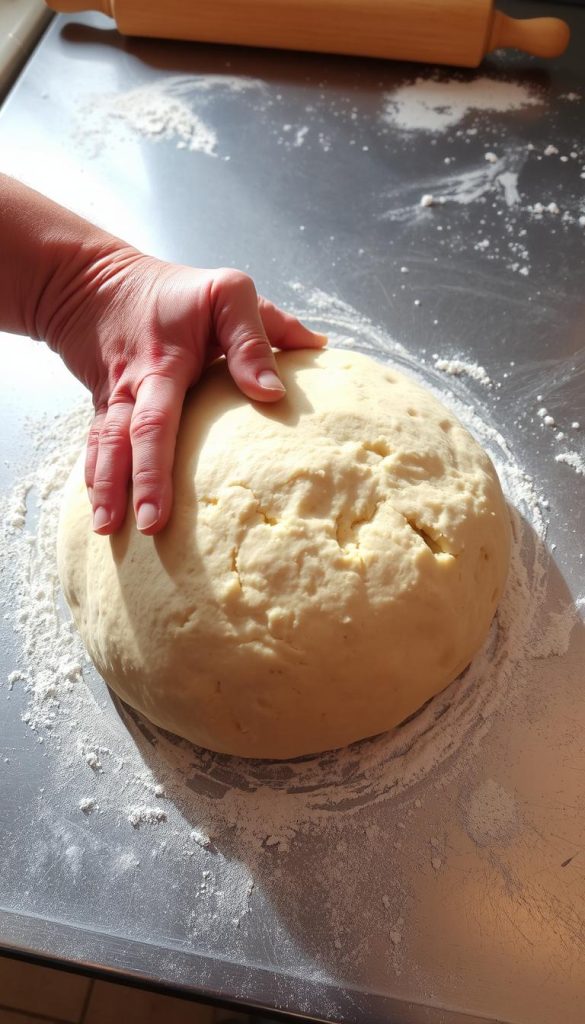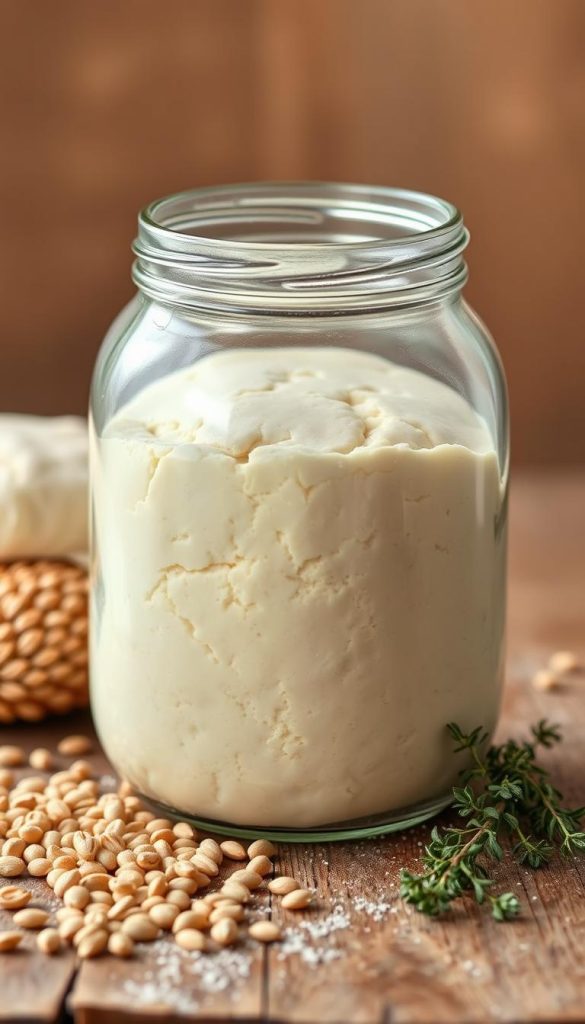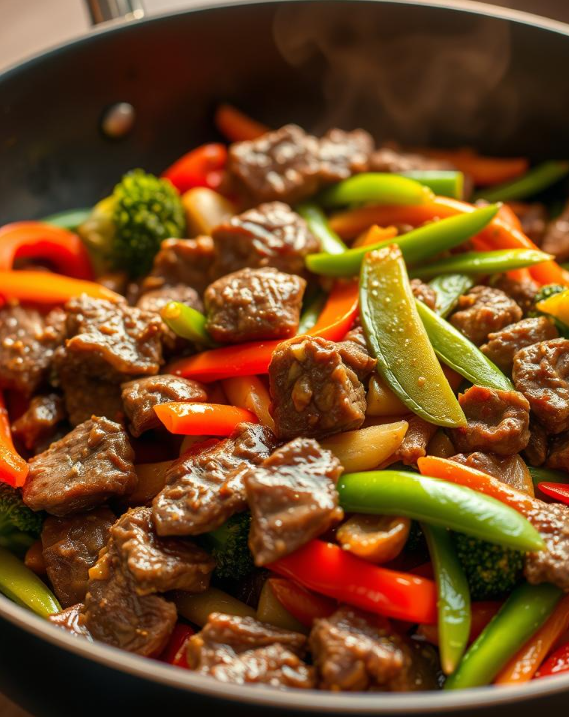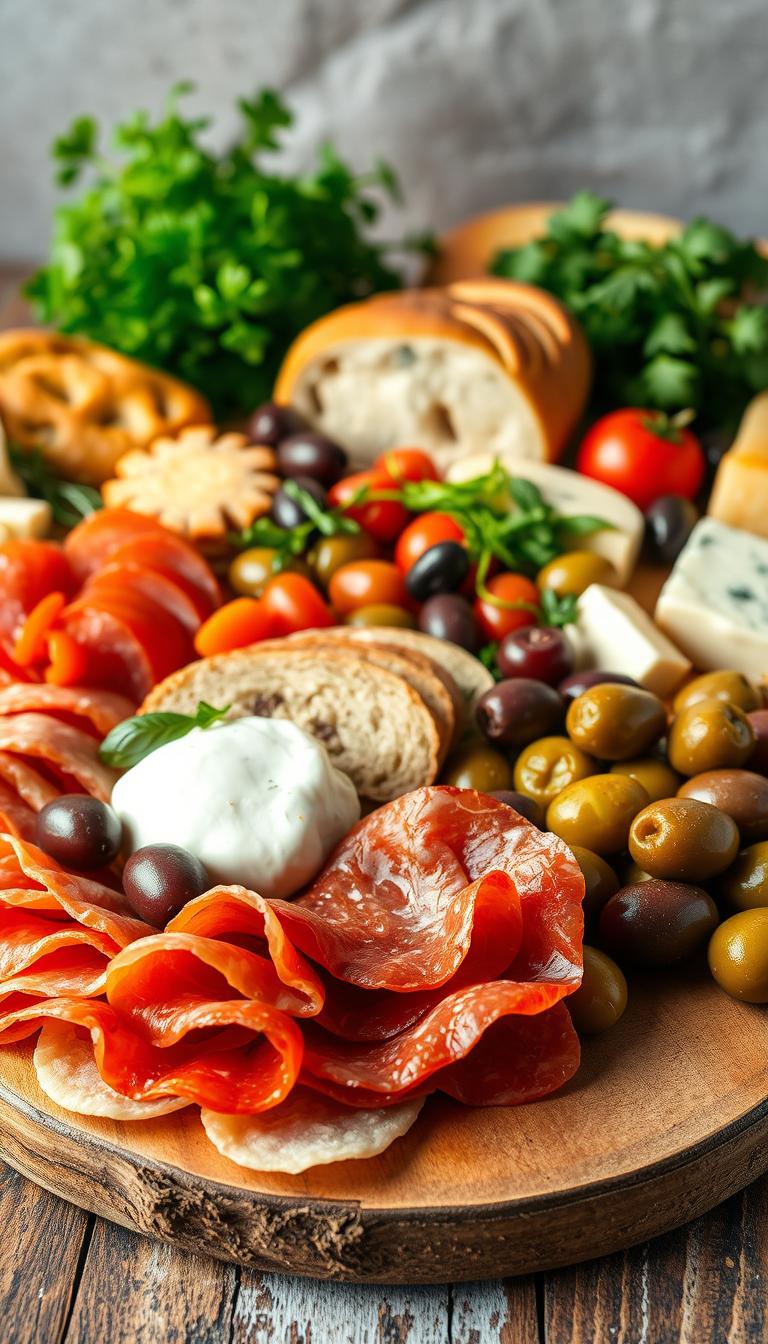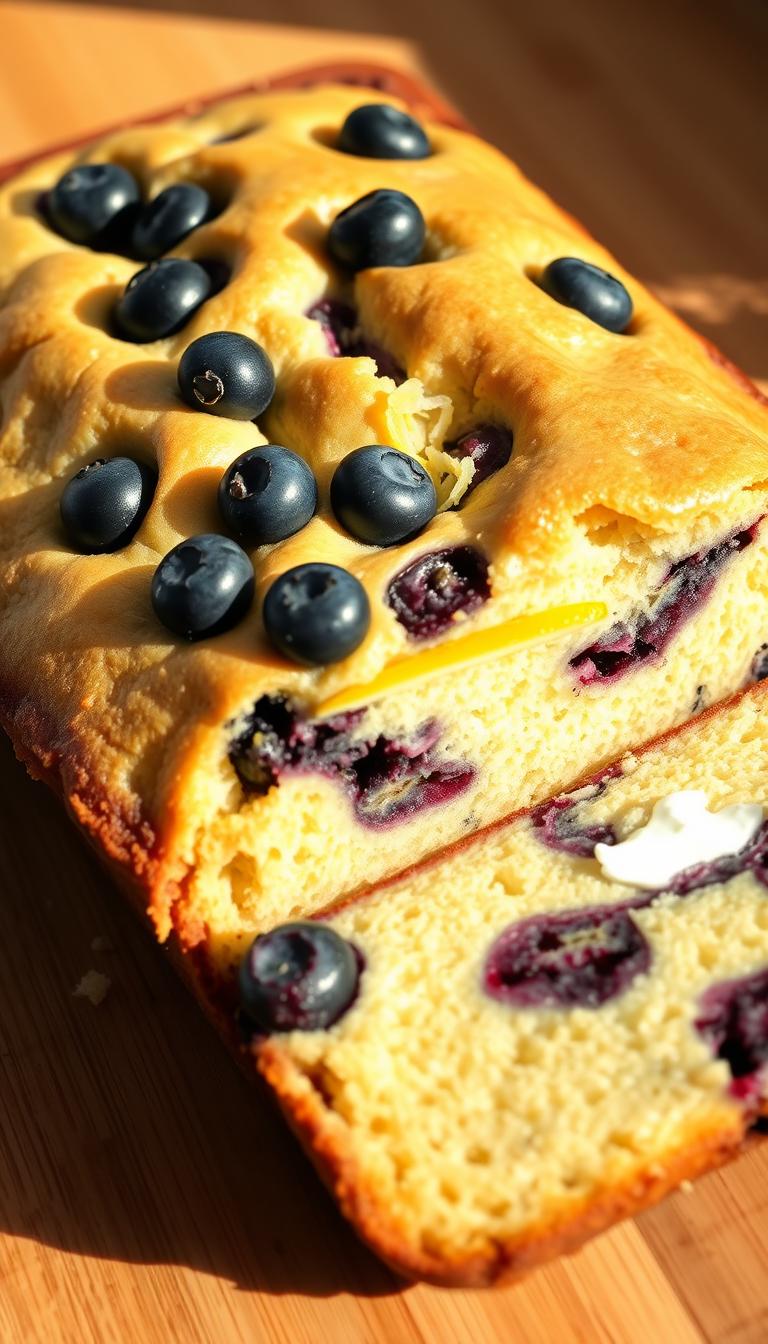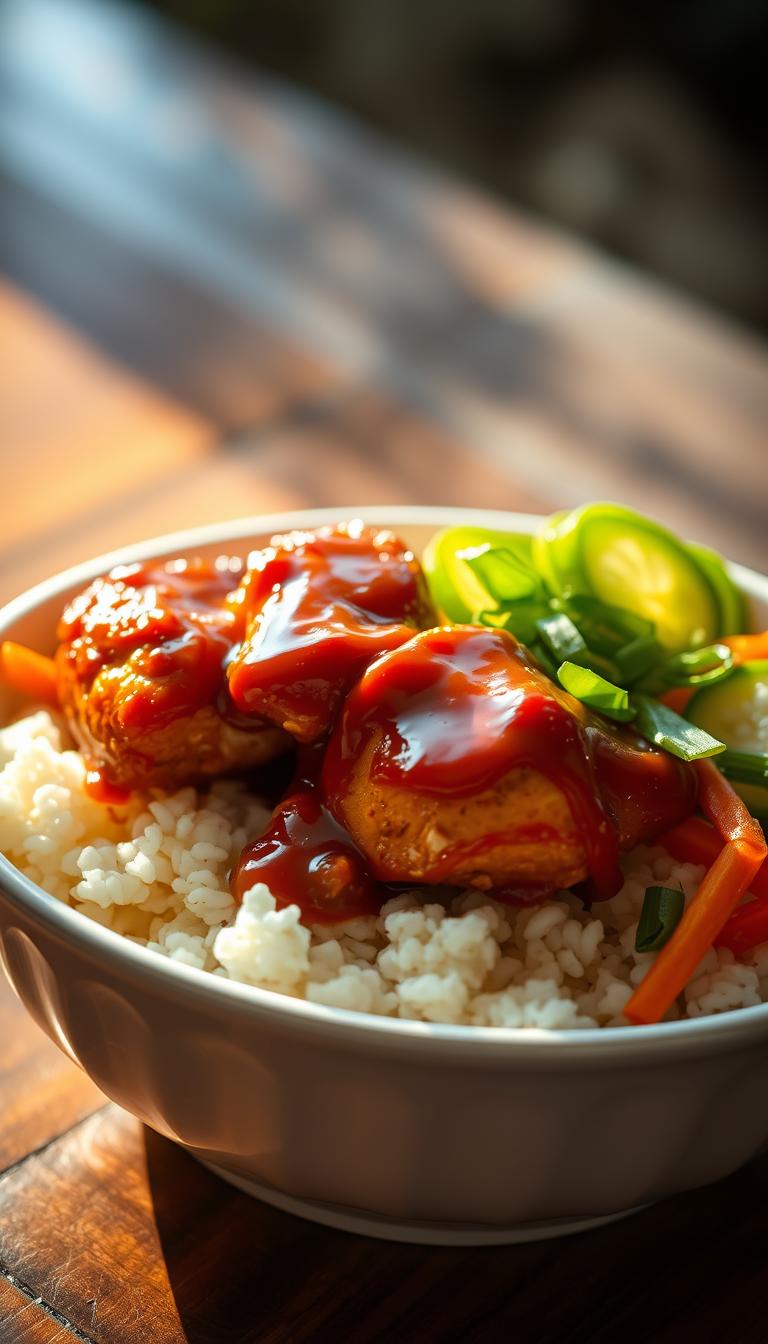CRISPY Cast Iron Skillet Pizza: Perfectly Crispy Crust at Home
Imagine crafting a restaurant-style pizza in the comfort of your own kitchen, with a perfectly crispy crust that rivals your favorite pizzeria. The secret? A cast iron skillet. This versatile pan isn’t just for frying or baking; it’s your ticket to achieving that golden-brown, crunchy crust that pizza lovers adore.
By leveraging the no-knead dough method and the superior heat retention of a cast iron skillet, you can create a pizza that’s both flavorful and textured. High hydration dough, a tip from experts like Serious Eats and Charlotte Rutledge, ensures a tender yet crispy base. The process is straightforward, making it accessible to every home cook, whether you’re a novice or a seasoned baker.
With proper oiling and a hot oven, your pizza will develop a crispy edge that enhances every bite. Layering mozzarella cheese and your favorite toppings ensures a balanced flavor. This guide will walk you through every step, from preparing the dough to troubleshooting common issues, ensuring your pizza turns out perfectly every time.
Key Takeaways
- Use a cast iron skillet for a crispy crust and even heat distribution.
- Opt for no-knead dough for a foolproof and easy preparation process.
- High hydration dough ensures a tender and crispy crust.
- Preheat your skillet properly and use olive oil to prevent sticking.
- Layer toppings like mozzarella cheese for optimal flavor and texture.
- Learn to avoid common pizza-making pitfalls with expert tips.
Overview of Cast Iron Skillet Pizza
Creating a delicious cast iron skillet pizza at home is easier than you think. This method combines traditional techniques with modern twists to deliver a crust that’s both chewy and crispy. The key lies in the dough preparation and the skillet’s heat retention properties.
Traditional vs. Modern Techniques
Traditional pizza-making often involves kneading and stretching dough, which can be time-consuming. Modern methods, like the no-knead approach, simplify the process while maintaining quality. High hydration dough, as recommended by experts, ensures a tender yet crispy crust.
Why Cast Iron Makes a Difference
A cast iron skillet is ideal for pizza due to its excellent heat conductivity. It distributes heat evenly, creating a crunchy edge and a well-cooked crust. Proper oiling and preheating are essential for achieving that golden-brown finish.
According to Serious Eats, “The cast iron skillet’s heat retention is unparalleled, making it perfect for achieving a restaurant-quality pizza crust at home.”
With a cast iron skillet, you can enjoy a crispy, flavorful pizza without the need for a wood-fired oven. The skillet’s even heat distribution ensures every bite is perfect, making it a must-have for any home pizza enthusiast.
Essential Ingredients and Tools
To craft a delicious pizza with a perfectly golden crust, you need the right ingredients and tools. Quality matters, and each component plays a vital role in the final result.
Key Ingredients: Flour, Cheese, Sauce, and Olive Oil
High-quality flour provides structure and chew to the dough. Low-moisture mozzarella cheese melts beautifully without excess water, ensuring a smooth texture. A flavorful tomato sauce adds tanginess, while extra-virgin olive oil enhances both flavor and crust crispiness.
Must-Have Kitchen Tools and Equipment
A well-seasoned cast iron pan is essential for even heat distribution and a crispy crust. A digital scale ensures precise measurements, and a pizza peel helps transfer the dough smoothly. A spatula is handy for portioning sauce and cheese.
| Ingredient/Tool | Importance |
|---|---|
| High-Quality Flour | Provides dough structure and chew |
| Low-Moisture Mozzarella | Even melting without sogginess |
| Tomato Sauce | Adds tangy flavor |
| Extra-Virgin Olive Oil | Enhances flavor and crust crispiness |
| Cast Iron Pan | Even heat distribution for crispy crust |
| Digital Scale | Ensures precise measurements |
| Pizza Peel | Smooth dough transfer |
| Spatula | Portioning sauce and cheese |
Investing in these tools and ingredients will elevate your pizza-making experience, ensuring each bite is flavorful and textured. Proper preparation and the right equipment are key to achieving that perfect crust.
Preparing Your Dough for the Perfect Crust
Creating a delicious pizza crust begins with the dough. The no-knead method simplifies the process, making it easy for anyone to achieve a flavorful crust. This approach skips traditional kneading, allowing the dough to develop naturally over time.
No-Knead Method and High Hydration Benefits
The no-knead method relies on time rather than effort. By mixing flour, water, salt, and yeast, the dough ferments slowly, developing a robust flavor. High hydration levels, around 65%, create a tender and airy texture. This method ensures the dough is easy to handle and forgiving for beginners.
Tips on Achieving Optimal Gluten Development
Slow fermentation is key to gluten development. Allowing the dough to rest overnight enhances its structure without kneading. Gently fold the dough to avoid large air bubbles. Form the dough into a ball and let it rest before shaping it into a circle or rectangle for the skillet. Minimal handling preserves the dough’s delicate structure, ensuring a light and crispy crust.
Keep the dough at room temperature to ensure proper rise and elasticity. This step is crucial for achieving the perfect texture. By following these tips, you’ll create a crust that’s both crispy and flavorful, perfect for your cast iron skillet pizza.
Assembling the CRISPY Cast Iron Skillet Pizza
Assembling your pizza is where the magic happens. To ensure a crisp base and avoid sogginess, follow these steps carefully.
Layering the Cheese, Sauce, and Toppings
Start by gently placing the rested dough into the oiled cast iron pan. Use your hands to spread it evenly, making sure it covers the entire surface without stretching too thin.
Next, sprinkle a layer of shredded mozzarella cheese over the dough. This helps prevent the sauce from making the crust soggy. Add a thin layer of sauce on top of the cheese, spreading it evenly but not overloaded.
Add your favorite toppings, but remember, less is more. Overloading can lead to a soggy crust. Keep it balanced for the best results.
By following these steps, you’ll achieve a perfectly balanced pizza with a crispy crust. The key is careful layering and not overloading with toppings.
Cooking Techniques for a Crispy Finish
Achieving a perfectly crispy crust in your cast iron skillet pizza requires precise temperature control and careful timing. The key to success lies in leveraging the skillet’s exceptional heat retention properties.
Optimal Oven Temperature and Cooking Time
Preheat your oven to 550°F for superior crisping. Position the racks to ensure even browning. Place the skillet in the oven while preheating to allow it to heat evenly. Once preheated, carefully transfer the assembled pizza into the skillet.
Ensuring a Golden, Crispy Bottom
Cook the pizza for 12-15 minutes. Monitor the progress by checking for a golden, bubbling top and a crisp, browned bottom. Use a spatula or knife to gently lift the edge and check the crispiness. If needed, adjust the cooking time slightly for a crisper finish.
With proper preparation, minimal intervention is needed during cooking. The cast iron skillet’s heat retention ensures an even bake, resulting in a perfectly crispy crust every time.
Customizing Your Pizza Toppings
One of the most exciting parts of making pizza at home is getting creative with your toppings. Whether you’re a fan of classic combinations or adventurous flavors, the key is to balance your toppings without overwhelming the dough. This ensures a crispy crust and a harmonious blend of flavors.
Simple Topping Ideas for Extra Flavor
- Classic Combinations: Pepperoni, fresh basil, and red onion slices are timeless choices that add flavor without excess.
- Unique Twists: Try drizzling hot honey or adding a dollop of pesto after baking for a surprising yet delicious touch.
- Precooked Ingredients: Incorporate pre-cooked meats or sautéed vegetables to maintain texture and avoid sogginess.
- Balance is Key: Avoid overloading your pizza. A lighter hand with toppings lets the cheese and sauce shine alongside the dough.
Simplicity often leads to the best results. By keeping your toppings balanced and thoughtful, you’ll enjoy a pizza that’s both flavorful and crispy. The dough, cheese, and sauce form a perfect trio, enhanced by your choice of toppings.
Troubleshooting Common Pizza Issues
Making pizza at home can sometimes present challenges, but with the right techniques, you can overcome them. Whether it’s a soggy crust or under-risen dough, these common issues have simple solutions.
Preventing Soggy Crusts and Burnt Edges
A soggy crust often results from excessive sauce or under-risen dough. To prevent this, use a moderate amount of sauce and ensure your dough has risen properly. If the edges start to burn, adjust the oven racks to lower the pan’s position. Repositioning the skillet can help achieve even cooking.
Quick Fixes for Under-Risen Dough
- Under-risen dough: Allow extra rising time or adjust hydration levels. Gently poke large air pockets with your finger to release them.
- Monitor oven temperature: If edges burn, lower the rack or use a thin spatula to check the crust’s crispiness.
- Practical fixes: Reposition the pan or use a spatula to lift and inspect the surface for even cooking.
Many issues can be easily fixed with minor adjustments. Learning from each attempt will help refine your technique, ensuring each pizza is better than the last.
Time-Saving Methods and Advanced Techniques
Discover how to elevate your pizza-making process with minimal effort and advanced techniques. Overnight fermentation is a game-changer, offering enhanced flavor and texture while requiring little hands-on time.
Overnight Fermentation and Minimal Effort Approaches
Overnight fermentation allows the dough to develop naturally, creating a robust flavor profile. This slow process enhances gluten development, resulting in a tender and airy texture. By letting the dough rest, you achieve a superior crust without the need for constant monitoring.
A well-planned resting period streamlines the entire process, making it efficient. Advanced techniques like controlled environment rising and pre-portioned dough balls ensure consistency. This method is perfect for achieving reproducible results every time.
For those short on time, pre-portioned dough balls can be stored safely for future use. Simply store them in an airtight container in the refrigerator for up to three days. This approach allows you to enjoy fresh pizza without starting from scratch each time.
Expert testimonials highlight the benefits of overnight fermentation, praising its ability to improve texture and flavor. This method is a must-try for anyone looking to perfect their pizza-making skills without spending hours in the kitchen.
Conclusion
With a cast iron skillet and a simple recipe, you can create a restaurant-quality pizza at home. The key to success lies in the combination of a well-seasoned cast iron pan and a no-knead dough method. This approach ensures a crispy crust and a flavorful base, making your homemade pizza rival any pizzeria.
The process is straightforward: prepare the dough, assemble your pizza with balanced toppings, and cook it to perfection. By following these steps, you can enjoy a delicious, crispy crust pizza without the need for specialized equipment. The cast iron skillet’s heat retention properties make it ideal for achieving that golden-brown finish.
Encourage yourself to experiment with different toppings and customize the recipe to your taste. Share your experiences and adapt the tips to suit your kitchen routine. The satisfaction of creating a perfectly crispy, homemade pizza that delights every time is just a recipe away.

